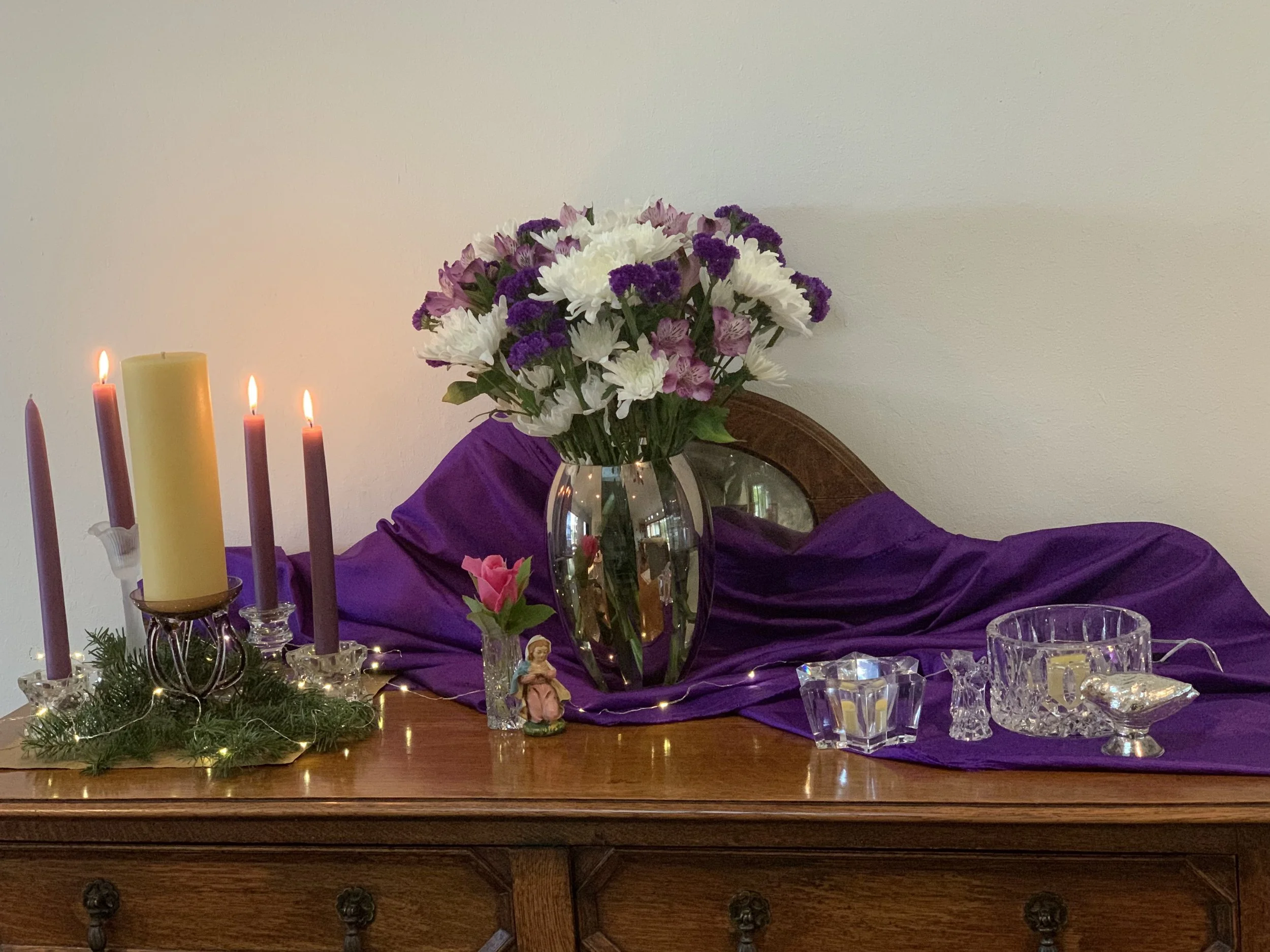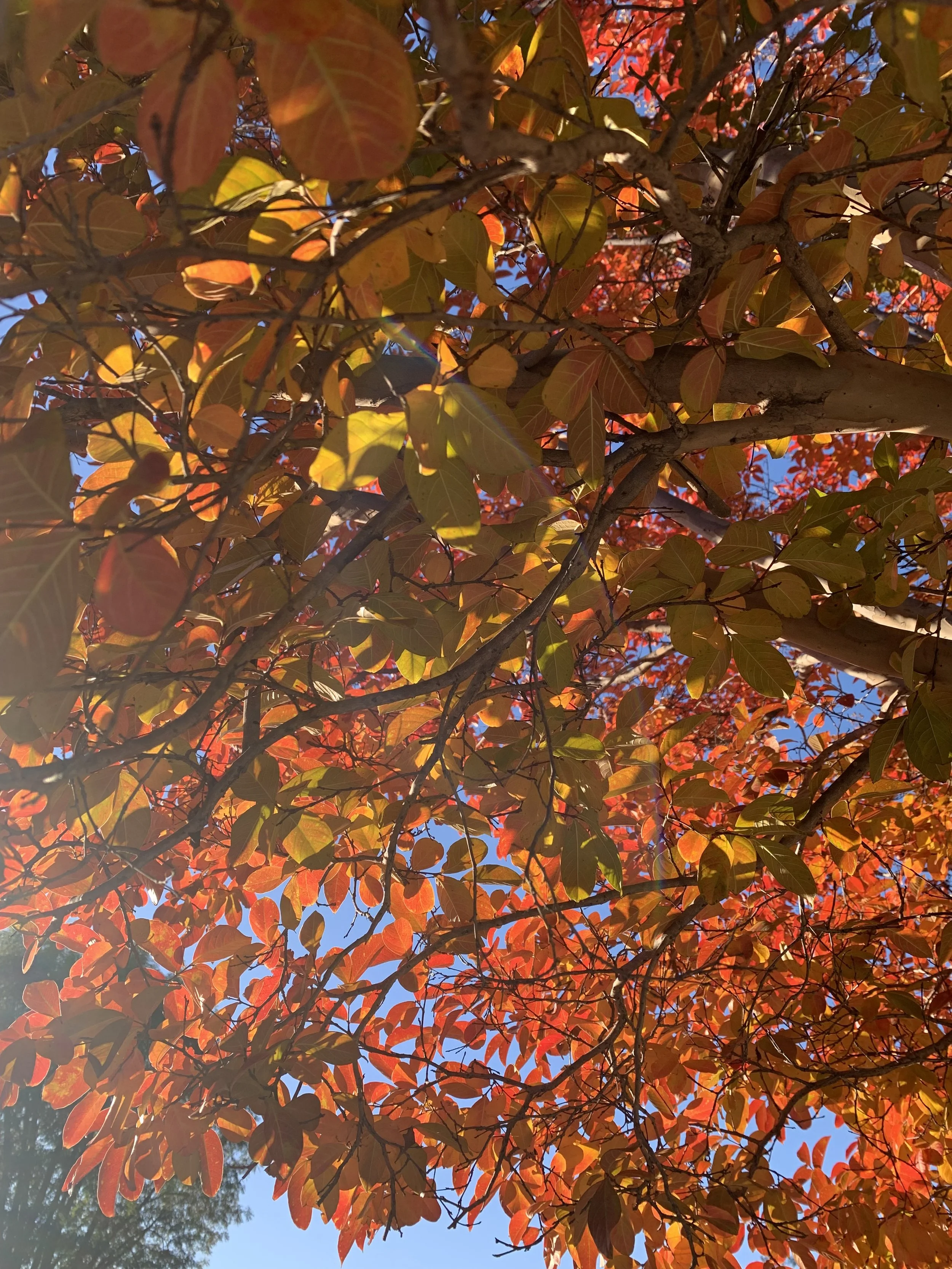Wisdom has built her house; she has set up its seven pillars. She has prepared her meat, mixed her wine, and set her table. She has sent out her servant girls to wave signs and call from the highest point of the city, ‘You who crave simplicity…Turn in here!’”
— Proverbs 9
One of my favorite places on Christy’s family farm in Arkansas is the Native American Marker Tree. Native American travelers required natural sources of food and water, good navigational skills, and a method of marking trails. They didn’t have neon signs or GPS. So, one of the ways they provided signposts and markers for their journeys was by wrapping a leather rope around a green sapling, so in time, it would grow in an obviously unnatural way to point the direction to a nearby village, water source, or natural shelter. It would have been a welcome sign to weary Native American travelers—pointing in the general direction of something especially important—something that was key to their journey and survival. I’m delighted to report that Anthropologists are now recording the locations of these trees so they can be preserved, protected, and honored as the significant cultural and historical artifacts they are.
God is also perpetually dropping signs and markers in front of us trying to get our attention on the journey—signs that say, “Go this way at the Crossroads!” Or “There are things that will nourish you this way! Turn in Here!” Our work is to listen and to be willing to adjust course and turn when the time comes - and to tune our Spiritual GPS into “Still-Speaking God” mode- So we can notice those sometimes-subtle signs and markers on the journey. The world will attempt to distract us with Vegas-style, darkness-shattering, flashing bright neon signs, bells, and whistles that scream “Stop here!” “Feel good here!” “Log in here!” “Get it here!” (And have your Cash, Visa, or MasterCard Ready!) But if we look carefully, beyond the clamor, deeper in the woods, into the deeper, quieter places, there are ancient, quiet, vine and moss-covered signs—signs that mark narrower but extremely rewarding paths. And there are twisted, well-worn, God-rooted markers that whisper directive and transformative words that point us toward spiritually transformative places called, “Forgiveness,” “Repentance,” “Justice,” “Compassion,” and “Stillness.”
The signs and markers of the Divine are present in the wilderness we are wandering at UCH. I invite you to tune in and learn to interpret those signs and markers. And when we have the good fortune of finding one pointing us in a new direction - let's cluster around it and celebrate the milestone (like we will be doing in our Congregational Gathering on Sunday). We are not going to stop for long. But we can rest, refuel, and regather at the crossroads. Then we will shift direction and follow God's direction down that wisdom path - a path that may seem very ancient. But is also completely new. I’ll see you on the journey. Many blessings as we travel the wilderness together.
























